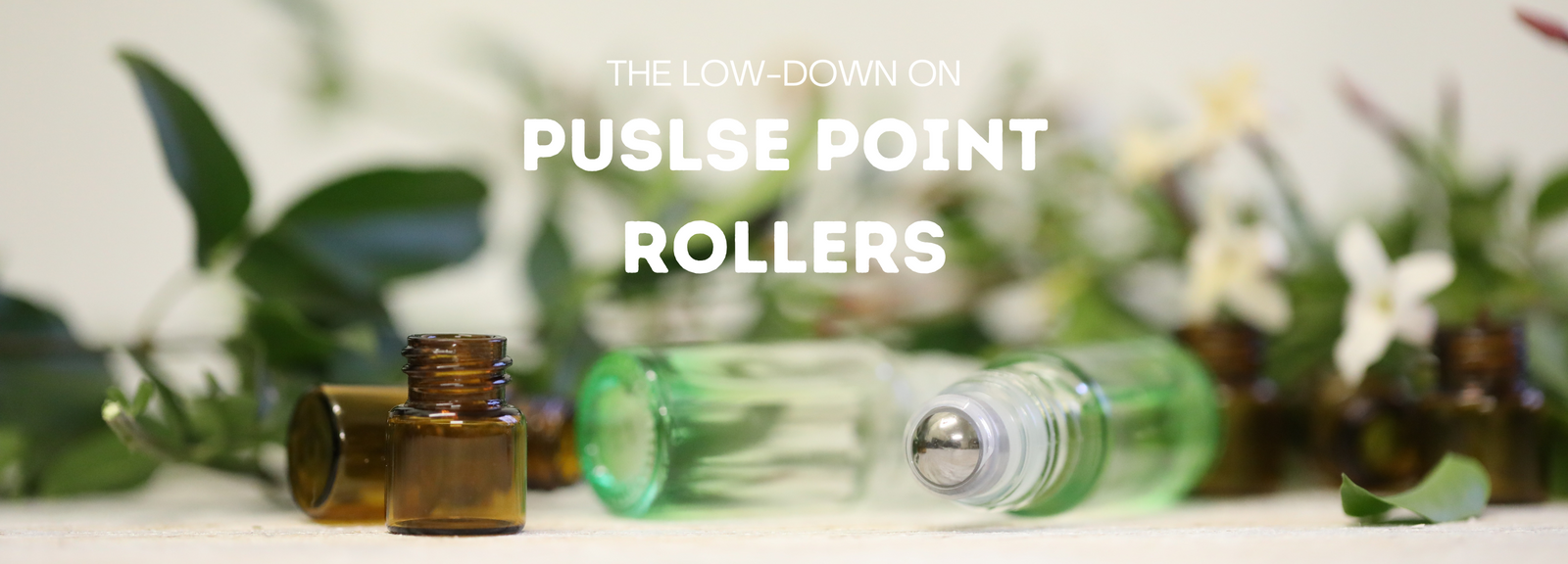Your Cart is Empty
Flat rate $8.95 shipping - Free on orders over $100.

It’s pretty easy to figure out if you have dry or oil skin. But what about ‘combination’ skin? What even is that!? And ‘normal’ skin types; what classifies as ‘normal’!? And my partner thinks I can be a little bit ‘sensitive’ sometimes, but does that carry over to my skin type? Let us simplify it all for you with our breakdown of the 5 main skin types so that you can figure out which type you are so you can then make more informed decisions with your skincare purchases.
‘Normal’ skin
I hate the term normal, who gets to say what is normal? A better name would be Medium Skin or Balanced Skin. But for the sake of not getting too confusing, ‘normal’ skin, is neither oily nor dry: its sebum production is in the middle between too oily and too dry. It is also characterised by small pores, a fine texture, an even tone, and a supple and smooth surface, with few blemishes if any. This skin type is not actually the norm at all, it’s the exception rather than the rule. The lucky ones with skin that matches the description above should still be careful to maintain its balance, using mild but effective products that cleanse, tone and hydrate, as well as bi-weekly exfoliation.

Oily skin
You can usually tell you if you have oily skin by its shiny appearance, enlarged pores, and a greater susceptibility to blemishes. These traits are the result of an excess of sebum—an oily, waxy substance that serves to protect, waterproof and lubricate the skin.
Such heightened production can have a variety of causes, both internal and external. These range from genetics to hormonal changes—such as those that accompany puberty, pregnancy or menopause, or those that result from stress or from the menstrual cycle. Environmental conditions also play a role: hot, humid weather tends to exacerbate sebum production, while hot and cold air-conditioning can dehydrate the skin—which in turn causes the skin to increase sebum production so as to retain more moisture.
For oily skin, we recommend formulations that address oil, but that do not strip the skin’s natural oils completely. Over-cleansing and not moisturising enough feel right when trying to deal with a shiny surface, but drying your skin out will only encourage it to produce more oil.

Dry skin
When it comes to skin care, the term ‘dry’ can be a bit misleading. ‘Dry skin’ is not necessarily characterised by a lack of moisture, but rather by an amount of sebum. In other words, dry is the opposite of oily, not wet. That being said, dryness does compromise the integrity of the skin’s lipid barrier, which in turn makes the skin more vulnerable to moisture loss (or ‘dehydration’), as well as increased sensitivity. Dry skin may also present a fine, scaly, flaky or patchy texture, and a dull appearance. Often, this results in sensations of roughness or ‘tightness’, particularly after cleansing—and, in some cases, redness, itchiness and a general sense of discomfort.
Dryness may be caused by a number of factors, starting with climatic conditions: skin exposed to cold weather, low humidity or harsh winds is particularly susceptible to it. Climate-controlled environments—from air-conditioned office to heated apartment—have a similarly drying effect. Beyond these external conditions, biological factors are also at play, starting with heredity: some individuals are simply genetically predisposed to dry skin. The ageing process also affects the skin’s ability to produce sebum—as a result, dryness is sometimes associated with mature skin. Hormonal fluctuations, finally, can throw the skin’s delicate equilibrium off kilter, occasionally leading to dry skin. To address dryness, proper cleansing and toning are just as important as moisturising. We recommend cleansing at the basin with luke warm water rather than in a hot shower. Also, it is best to avoid spending long period of time in very hot showers or baths, as steam can exacerbate the problem. Cleansing must be particularly gentle to avoid stripping the skin of what little sebum it does produce. Exfoliation can be beneficial, but must be similarly gentle, and kept to once or twice a week. Toners should be alcohol-free—since alcohol will dissolve the skin’s natural oils, thereby exacerbating dryness—and should ideally impart an initial layer of hydration. Finally, generous doses of an emollient moisturiser morning and evening will help nourish the lipid ‘mortar’ of the stratum corneum (the skin’s outermost layer) and ensure that overall hydration levels are maintained. The benefits of such daily-use formulations will be heightened by regular application of a hydrating masque or facial oil for additional nourishment.

Combination skin
As the name suggests, combination skin simultaneously exhibits characteristics of both dry and oily skin in different areas of the face. Oiliness typically affects the T-zone (the forehead, nose and chin), or the O-zone (around the mouth), while dryness is usually across the cheeks and under the eyes. This imbalance can be the result of genetic factors. It makes the skin particularly sensitive to hormonal and environmental changes, and therefore prone to reactivity and breakouts. The increased sebum production on the oilier areas of the face can also lead to congestion and aggravation.
The products you need will have to restore equilibrium and nourish the surface, and yet they must not over-strip or overburden the skin. In other words, they need to cleanse gently but effectively, address excess sebum, assuage aggravation, and provide lightweight hydration—a delicate balancing act.

Sensitive
Sensitive skin is kind of like an add on. You can have oily / normal / combination / dry skin that is also sensitive. Each person’s sensitivity can be caused by different things. Stress, allergies to different ingredients, heat, as well as eczema and psoriasis can play havoc on our dermis. This is half of the reason we started Scrubba Body in the first place, our skin sensitivities were coming from left right and centre and the only thing we knew was that chemicals were not our friend. So that why we got into all natural ingredients. But the best way to figure out what works best for you, is to test and try.
And the most important thing to remember is ALL SKIN IS BEAUTIFUL, no matter the colour, texture or amount of sebum.

Comments will be approved before showing up.
The ‘Refresh, Revive, Recharge’ mindset isn’t just a one-off treat — it’s a lifestyle. By building small, thoughtful self-care rituals into your daily routine, you can enjoy a more balanced, energised, and joyful life. Whether it’s a quick scrub in the shower to refresh, a dab of essential oil to revive, or a cooling mist to help you recharge, these little moments add up to big changes.
At Scrubba Body, we’re here to help you craft those moments. Browse our range of body scrubs, essential oil rollers, candles, and more to create your ultimate self-care sanctuary. Your journey to refresh, revive, and recharge starts today!


Essential oil pulse point rollers have become increasingly popular in recent years as more people seek natural ways to manage stress, anxiety, and other health concerns. These rollers are a convenient and easy way to enjoy the benefits of essential oils, and they can be used at any time and any place.
In this blog post, we will explore the benefits of essential oil pulse point rollers and how they can help to improve your health and well-being.